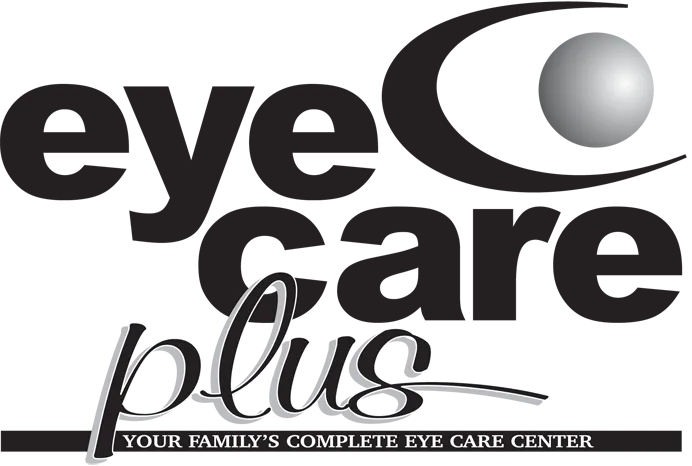
Can You Pass Along an Eye Disease or Condition?
Have you noticed that children who wear glasses often have parents who also need a little help seeing? Myopia, or nearsightedness, is just one of the eye conditions and diseases that can be inherited.
Inherited Eye Diseases and Conditions
In addition to determining your eye color and height, your genes also include information that may increase your risk of developing conditions or illnesses. Heart disease, cystic fibrosis, sickle cell disease, diabetes, cancer, multiple sclerosis, high blood pressure, and dementia are among the diseases that can have a genetic component.
Some eye diseases and conditions are also inherited, including:
- Trouble Seeing Colors. More common in men than women, color blindness affects your ability to see certain colors. Red-green is the most common form of color blindness, followed by blue-yellow, according to the National Eye Institute. The problem may be due to a defect in the genes responsible for color vision.
- Myopia and Hyperopia. Both myopia and hyperopia (farsightedness) can run in families. First-degree relatives, which includes children, brothers, and sisters, are more likely to be nearsighted if a family member has myopia, Medline Plus reports. Genetics, lifestyle, and environmental factors shared by the family may all be contributing factors. For example, spending too little time outdoors during childhood may increase the risk of myopia.
- Glaucoma. Glaucoma occurs when the pressure inside the eye increases. High pressure can damage the optic nerve and cause partial or complete loss of vision. Unfortunately, loss of vision due to glaucoma is permanent. Both the angle closure and congenital (present at birth) forms of glaucoma can be passed along, according to the Glaucoma Research Foundation.
- Rare Eye Diseases. Rare eye diseases, like Retinitis Pigmentosa (RP) or juvenile macular degeneration, can also run in the family. RP causes night vision problems and loss of peripheral vision, while macular degeneration affects the central part of your vision. Other rare, inherited eye diseases include Leber congenital amaurosis, choroideremia, Kearns-Sayre syndrome, Stargardt disease, Bardet-Biedl syndrome, Best disease, and retinoblastoma.
- Strabismus (Crossed Eyes). Parents who had strabismus when they were children may be more likely to have kids with eye alignment problems. Even mild alignment problems that aren't particularly noticeable can affect the eyes' ability to work as a team. Strabismus can happen due to weak eye muscles or problems with the part of the brain that controls the eye muscles. Symptoms can include double or blurry vision, fatigue, poor depth perception, and sensitivity to light.
- Lazy Eye (Ambylopia). Ambylopia is a condition that occurs when the brain ignores information received from one eye. Your child may be more likely to develop amblyopia if they have or have had strabismus. Other eye conditions that can increase the risk of amblyopia include cataracts, a droopy eyelid, or significantly different vision in each eye. Kids with amblyopia also have trouble with depth perception and blurry vision. You may notice that your child squints or tilts their head to see better, or has poor coordination.
- Cataracts. The clear lens inside the eye plays an important role in good vision. It focuses light rays on the retina, the layer of light-sensing cells that sends electrical impulses to the brain. Cataracts cloud the lens, making colors look dull. Other symptoms of cataracts include blurry vision, light sensitivity, glare, and halos around lights. A congenital cataract, a type of cataract that's present at birth or appears soon after, can be inherited.
Do you think you or your children may have an inherited eye disease? Call our office to schedule an eye exam.
Sources:
Glaucoma Research Foundation: Are You at Risk for Glaucoma?
Longevity: Eye Issues: Hereditary or Is Your Environment to Blame, 3/26/18
Prevent Blindness: Inherited Retinal Disease
March of Dimes: Congenital Cataracts
National Eye Institute: Facts About Color Blindness, 2/15
